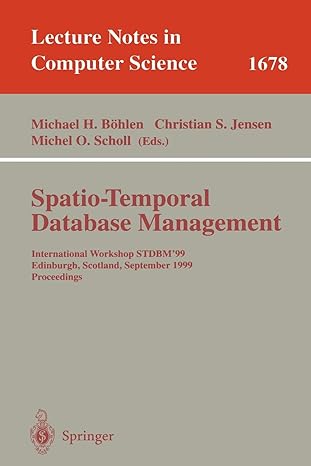Question
C code (3 methods) no print statements Return the character corresponding to a value. @param radix - the base you are working in (2-36) @param
C code (3 methods) no print statements
Return the character corresponding to a value. @param radix - the base you are working in (2-36) @param value - a value in the range of 0 - (radix-1) @return - character '0'..'9' or 'A'..'Z' corresponding to the given value if the value is legal in the given radix. Otherwise return character '?' char int2char (int radix, int value);
----------------------------------------------------------------------------------------
Return the value corresponding to a character. @param radix - the base you are working in (2-36) @param digit - character '0'..'9' or 'A'..'Z' or 'a'..'z' @return - value in the range of 0 - (radix-1) corresponding to the given digit if the digit is valid in the given radix. Otherwise return -1 int char2int (int radix, char digit);
--------------------------------------------------------------------------------------------------
Calculate both the quotient and remainder of a division and return the values via pointers. You may use the C operators for division ( / ) and modulus ( % ). However, you might want to write a loop to perform repeated subtraction to help you understand how you would implement this in LC3 assembly language (which has no operators for division or modulus). @param numerator - non-negative value for numerator @param divisor - a positive value to divide by @param quotient - a pointer to the location in which to store the quotient @param remainder - a pointer to the location in which to store the remainder
void divRem (int numerator, int divisor, int* quotient, int* remainder);
Step by Step Solution
There are 3 Steps involved in it
Step: 1

Get Instant Access to Expert-Tailored Solutions
See step-by-step solutions with expert insights and AI powered tools for academic success
Step: 2

Step: 3

Ace Your Homework with AI
Get the answers you need in no time with our AI-driven, step-by-step assistance
Get Started


